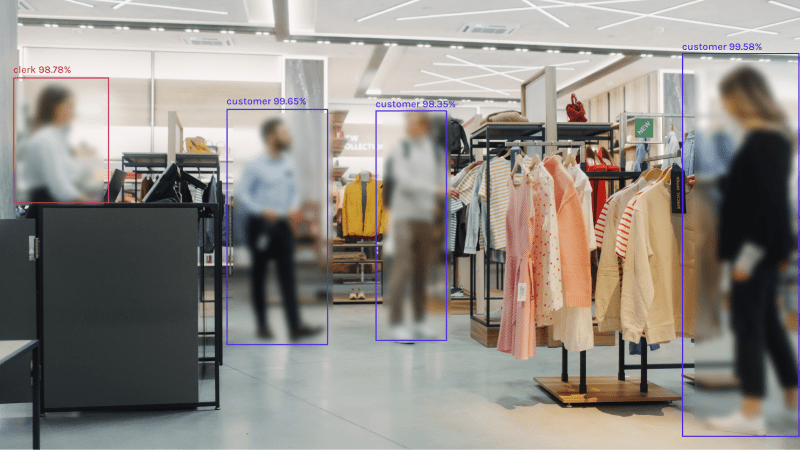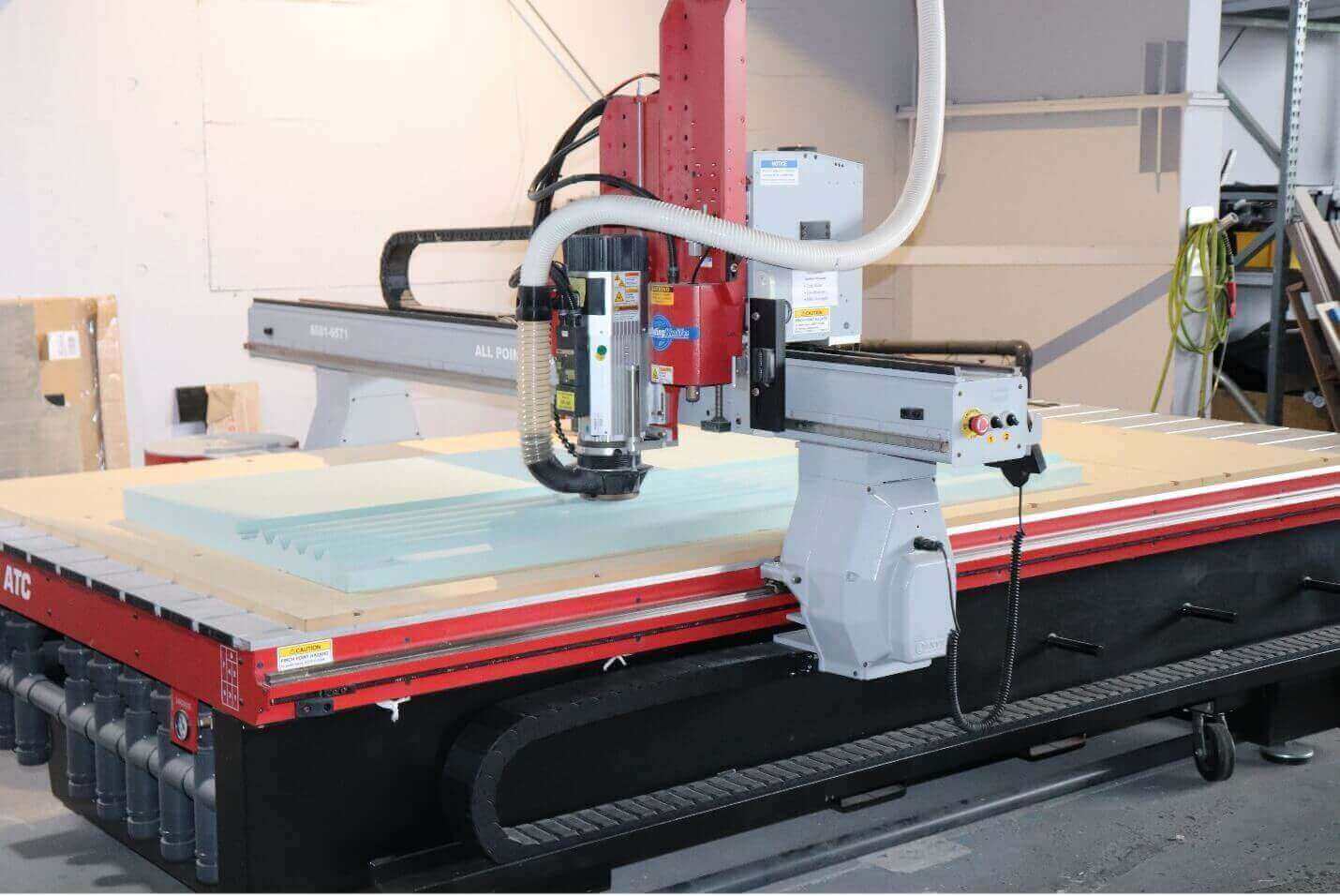8 Top Tips for Writing Effective Prompts for Text-to-Image AI

A remarkable change is occurring in the art world. Once thought to be a future concept, text-to-image AI is now a potent tool at our disposal. These AI technologies open doors for artists, designers, and anybody with an imagination by converting our written descriptions into breathtaking pictures.
But mastering text-to-image AI takes skill, just like using any strong tool. This is where creating powerful prompts comes into play.
Consider a prompt as your AI’s blueprint. The created image will be closer to your vision the more specific and clear your directions are.
Thus, how can prompts be created to fully utilize text-to-image AI? Let’s explore eight essential suggestions that can help you advance from a prompt newbie to an experienced AI partner.
Essential Tips for Writing Prompt for Text-to-Image AI
1. Clearly define your vision
Give your vision some solidity before you begin typing. What precise message do you want the picture to convey? Or is it a gorgeous scene of mountains bathed in golden sunlight? Or how about a fantastical underwater metropolis full of vibrant fish? It is best to be as specific as possible.
The distinction is as follows:
Prompt: “A scene in the mountains”
- Simple request: “A panoramic view of snow-capped mountains under a vibrant sunrise, with a crystal-clear lake reflecting the scenery.”
- Observe how the AI is given a much clearer picture (pun intended) with the second prompt.
2. Understand How Detail Has Power
Text-to-Image AI loves details. When describing your ideal image, don’t be scared to get detailed. Write about a “fluffy Persian cat lounging on a velvet armchair, bathed in warm afternoon sunlight,” rather than just any old “cat.”
Your odds of the AI accurately translating your vision are higher the more details you provide about the topic, its pose, the surrounding surroundings, and even the lighting.
3. Harness the Power of Adjectives
In the world of text-to-image AI, adjectives are your paintbrushes. They let you give your prompts personality, flair, and texture. Do you need a picture that looks photorealistic? Give “hyperrealistic” a mention in your prompt. Are you looking for a scenario out of a Renaissance painting?
Put it under the category of “classical” or “Baroque.” To steer the AI in the direction of your intended artistic direction, use a wide variety of adjectives to create a vibrant picture with words.
4. Don’t Avoid Using References
Sometimes citing previously completed work is the best method to convey your vision. You might include historical eras, well-known painters, or even names of particular paintings. Your prompt may be, for example, “vibrant swirling sky, reminiscent of Van Gogh’s Starry Night,” if you can picture a setting similar to that of Van Gogh’s “Starry Night.”
Remember that providing references provides the AI with a visual framework on which to develop, allowing it to go beyond established creative genres.
5. Adjust Your Wording to the AI
When creating a prompt, keep in mind that you are speaking with an intricate algorithm. For humans, entire sentences make sense, whereas AI prefers clear, succinct language. Skip the long, descriptive paragraphs in favor of shorter, more keyword-rich prompts.
This makes sure the AI understands your vision’s essential components without becoming mired down in extraneous details.
6. Acknowledge the Value of Repetition
Iterativeness is the key to the beauty of text-to-image AI. Don’t anticipate getting the ideal picture on your first try at using a prompt. Consider it a jumping-off place instead. Examine the findings that were produced, note any shortcomings, and modify your prompt appropriately.
Perhaps you should add a new element, change a character’s position, or tweak the lighting. You’ll get one step closer to creating the visual masterpiece you’ve always wanted with every iteration.
7. Be Friends with the Thesaurus
When crafting your prompt, utilize the vast vocabulary that a thesaurus offers. This lets you avoid using terms that are overused and look at synonyms that could provide the AI with more accurate findings.
To elicit a greater emotional response in the created image, for instance, try using the words “melancholy” or “despondent” in place of a straightforward “sad” character.
8. Try Out Some Style Transfer
Text-to-image AI isn’t just for making original graphics. You can use its power to create whole new styles out of already-existing photos or artwork. Imagine transforming your childhood photo into a masterpiece reminiscent of a work by Van Gogh! All you have to do is submit your picture and add style keywords to your prompt.
Discover a range of artistic forms, such as abstract expressionism and pop art, and observe how text-to-image AI can transform a piece of art.
Beside Tips: Revealing the Details
Although these eight guidelines offer a strong starting point, creating compelling text-to-image AI prompts is a continuous process. Here are a few more things to think about:
- Recognizing AI Limitations: Keep in mind that text-to-image AI is still being developed. Although it is excellent at creating imaginative and realistic pictures, it can have trouble understanding complex
- Concepts or subtle feelings: an understanding of AI limitations (continued). Exercise patience and modify your expectations if necessary.
- Accept the Community: The community around text-to-image AI is growing. Investigate social media groups and internet forums where other aficionados discuss prompt-writing strategies and their experiences. This cooperative setting can be a great place to get ideas and learn new things.
- Play Around with Various AI Tools: Text-to-image AI techniques are widely available, and each has advantages and disadvantages of its own. Try out several platforms to see which one most closely matches your intended visual style and creative vision. A few well-liked choices are Nightcafe Creator, DALL-E 2, and Midjourney.
Conclusion, Text-to-Image AI Can Help You Unleash Your Creativity
Text-to-picture AI has made creative exploration possible in new ways. You can turn your thoughts into compelling images by becoming an expert at creating compelling prompts. Take into consideration the advice given above, do some experimenting, and set off on an exciting voyage of artistic exploration.
Remember that your imagination is the only restriction. So embrace your inner creativity, use language as a tool, and watch as text-to-image AI works its magic.





